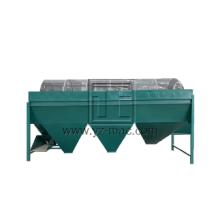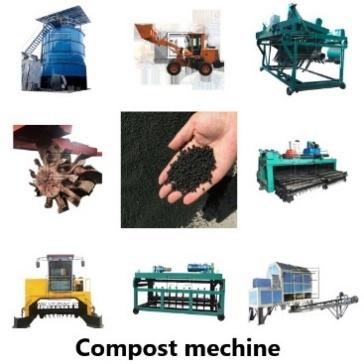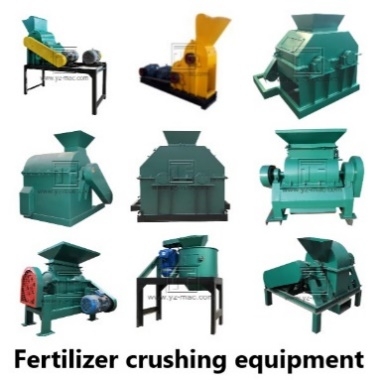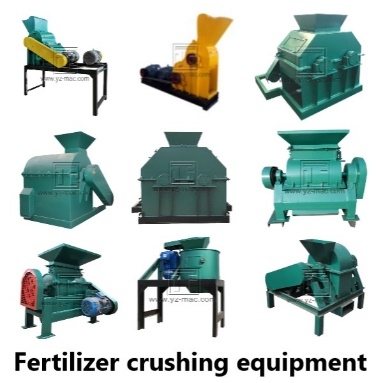How to use organic fertilizer equipment
Using organic fertilizer equipment involves several steps, which include:
1.Raw material preparation: Collecting and preparing the organic materials such as animal manure, crop residues, and organic waste materials.
2.Pre-treatment: Pre-treating the raw materials to remove impurities, grinding and mixing to obtain uniform particle size and moisture content.
3.Fermentation: Fermenting the pre-treated materials using an organic fertilizer composting turner to allow microorganisms to decompose and convert the organic matter into a stable form.
4.Crushing: Crushing the fermented materials using an organic fertilizer crusher to obtain uniform particle size and make it easier for granulation.
5.Mixing: Mixing the crushed materials with other additives such as microbial agents and trace elements to improve the nutrient content of the final product.
6.Granulation: Granulating the mixed materials using an organic fertilizer granulator to obtain granules of uniform size and shape.
7.Drying: Drying the granulated materials using an organic fertilizer dryer to reduce moisture content and increase the shelf life of the final product.
8.Cooling: Cooling the dried materials using an organic fertilizer cooler to make it easier for storage and packaging.
9.Screening: Screening the cooled materials using an organic fertilizer screener to remove fines and ensure the final product is of high quality.
10.Packaging: Packaging the screened and cooled organic fertilizer using an organic fertilizer packing machine into bags of desired weights and sizes.
To use the organic fertilizer equipment, you should follow the instructions provided by the equipment manufacturer. It is important to ensure that the equipment is well-maintained, cleaned and lubricated regularly to ensure efficient performance and prolong the equipment lifespan. Additionally, proper safety measures should be observed when using the equipment to prevent accidents and injuries.








